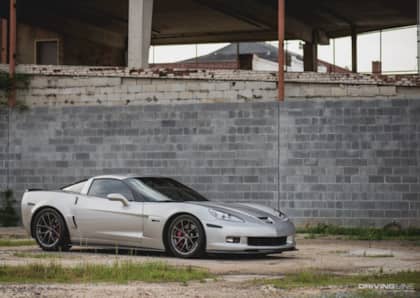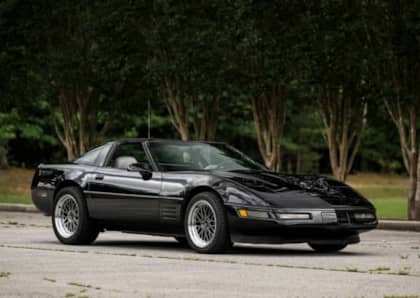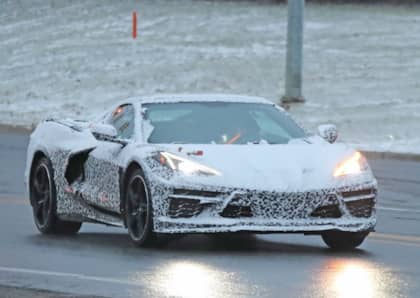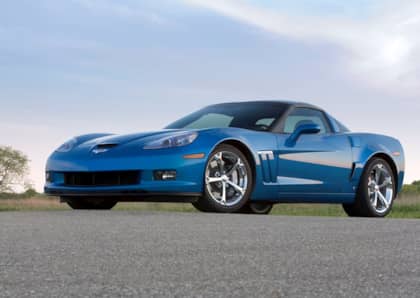The Chevrolet Corvette V12 Falconer Was The C4 Supercar GM Never Built
The Dodge Viper's V10 thunder caught Detroit's two other high performance players completely off-guard. After years of fielding a small cadre of turbocharged four-cylinder coupes as its primary competition to Ford's Mustang and Chevrolet's Camaro muscle machines, few were expecting Chrysler to push so hard into the performance stratosphere. Certainly, no one at General Motors even considered the Dodge might bypass the pony car segment entirely and make a bid to put even the undisputed reign of the Corvette in question.
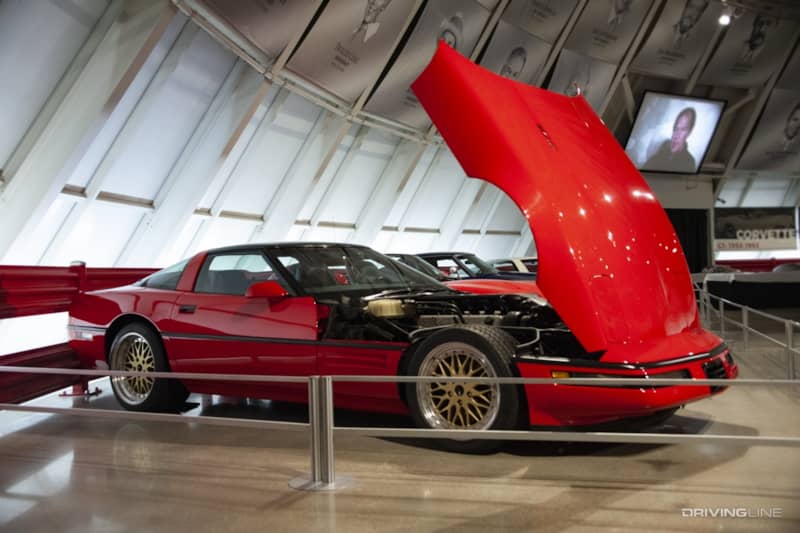
The Dodge Viper's dramatic appearance on the auto show scene in 1989 caused a minor panic at Chevrolet, which suddenly found itself embroiled in a cylinder count arms race. Although the in-development Corvette ZR1 matched the Viper in terms of power, there were concerns that a V8 was no longer enough to shock and awe future sports car buyers seeking to wield the biggest, scariest club at the race track.
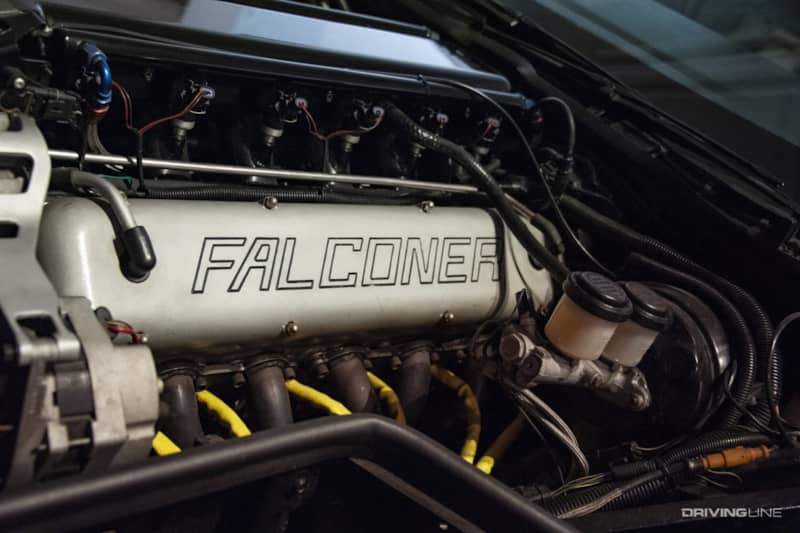
Enter the Chevrolet Corvette ZR12, aka the Corvette Falconer. Although it never made it past the concept stage, this beastly Vette added massive V12 power to the familiar coupe package and created what could have been the most terrifying-to-drive Corvette ever constructed.
12 Is 2 More Than 10
The decision to build a V12 Corvette to fight the V10 Viper at first seems like a logical step in the game of one-upmanship between two cross-town rivals. Longtime GM fans might be wondering, however, where Chevrolet managed to find a 12-cylinder engine, given that the company had zero history of building a motor quite this large.
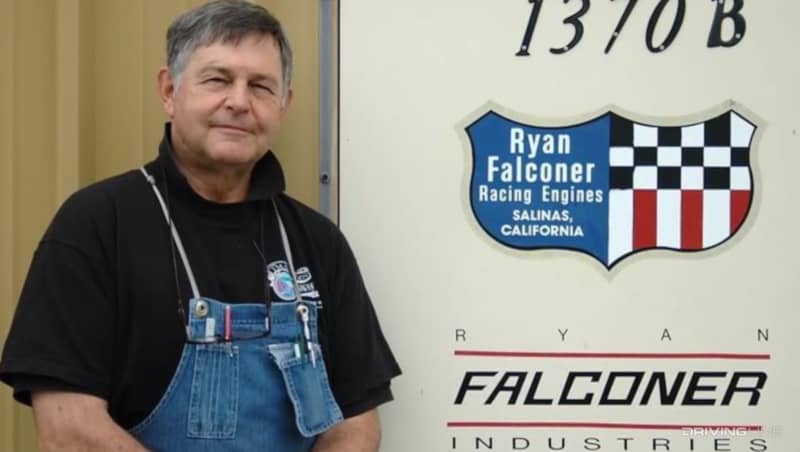
The answer came from an unlikely source: Ryan Falconer Racing Engines. The Arizona-based builder had been putting together bespoke blocks since 1966, and he had a rich personal history working with the likes of Shelby American and Andy Granatelli on the Indy Car and Le Mans circuit. Falconer's V12 engine (which is still produced by the company) was in fact based on Chevy's famed small-block V8 design, and aimed specifically at the boats-and-planes crowd that needed the kind of power that's only available from such an enormous mill.
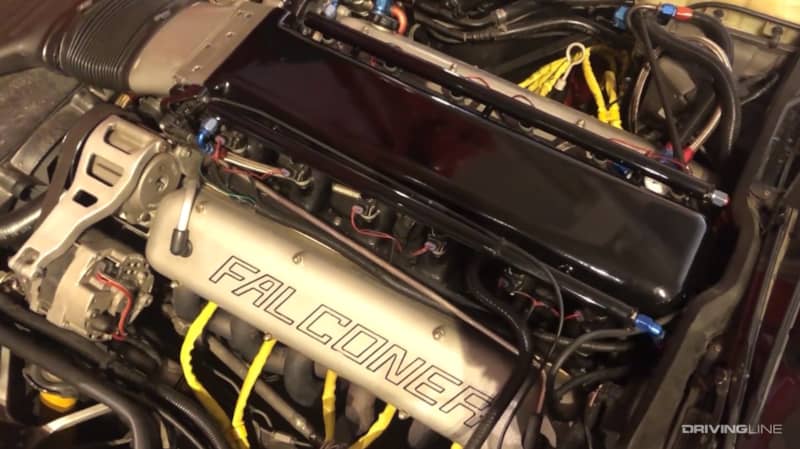
How big was the Falconer V12? In its mightiest spec—683hp and 680 lb-ft of torque—the motor checked in at just under 10L of displacement, which is nearly two liters more than what Dodge was delivering with its V10. Even better was its aluminum block design that kept overall weight reasonable, making the Corvette roughly 100 lbs or so heavier than when GM's existing LT-series V8 option was installed
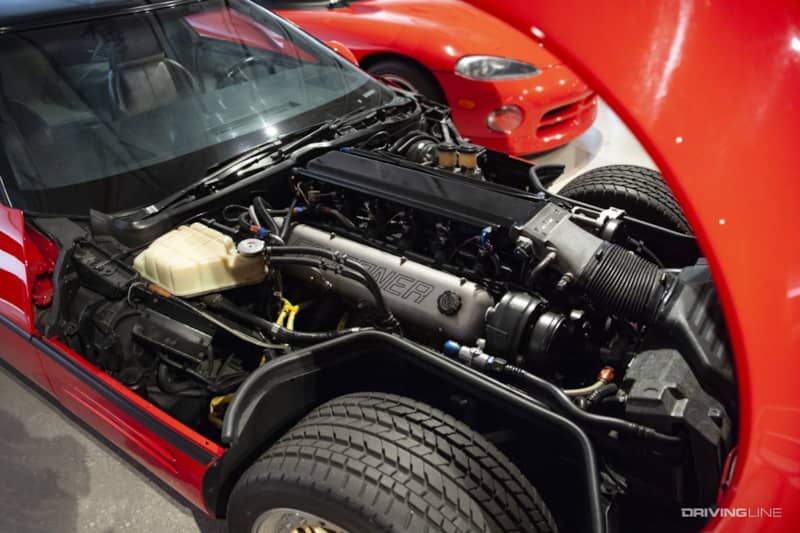
Length posed more of a problem. Given the extra two cylinders grafted to each bank, the C4-generation Corvette's engine bay came up short in terms of being able to accommodate the Falconer motor. The solution was to turn to another third-party shop, SportsFab, which extended the area ahead of the A-pillars by eight inches to free up enough space for installation. Keen eyes can spot the longer hood of the Corvette ZR12, especially when seen in profile against a standard Corvette.
A Devil To Drive
Stretched and stuffed, the Chevrolet Corvette Falconer was a menace. Based on the same chassis used by the now-on-sale ZR1, the ZR12 initially sported a set of mean-looking unmuffled sidepipes that were fed by exhaust collectors cut through the front fenders (eventually, these would be replaced by a more conventional exhaust).
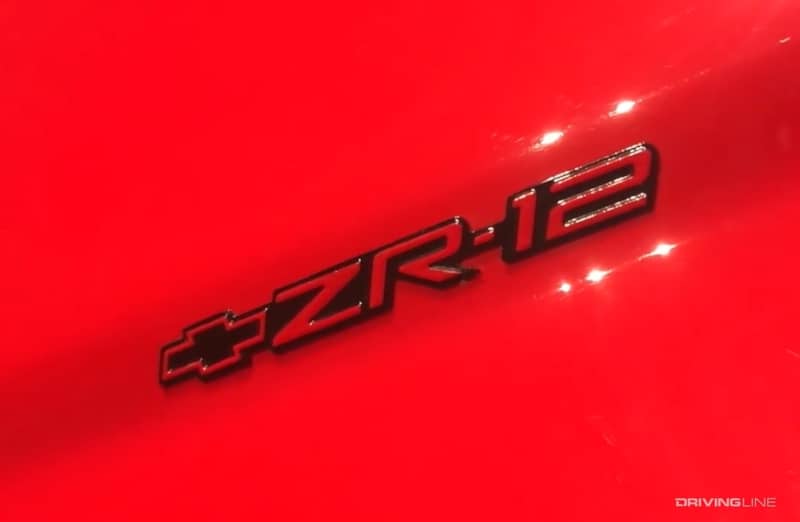
Several magazines in the early '90s were given the chance to flog the Falconer, where it developed a reputation for incinerating tires and overheating on the drag strip. This prevented any instrumented testing from being performed by outside parties, and General Motors never released any of its own internal results, claiming that the V12 version of the C4 had been built exclusively for 'development' purposes.
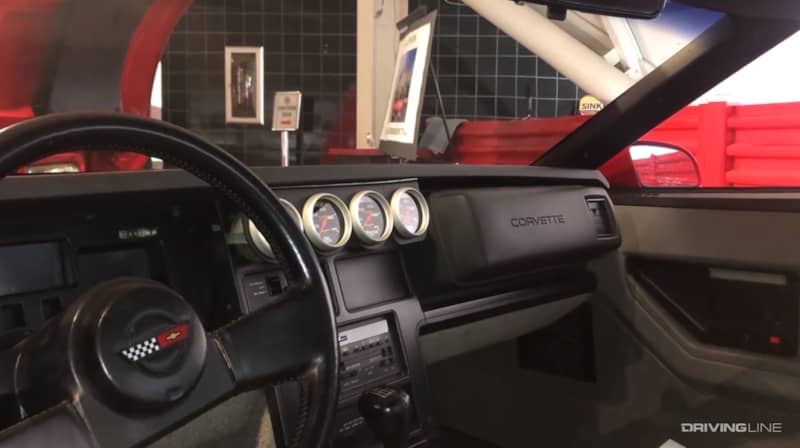
It's known that Chevrolet continued work on the ZR12 for quite some time, and that tests at the Milford Proving Grounds with the Ryan Falconer behind the wheel produced results that made the engineering team quite happy. After all, who wouldn't be thrilled at the prospect of a 668hp Corvette?
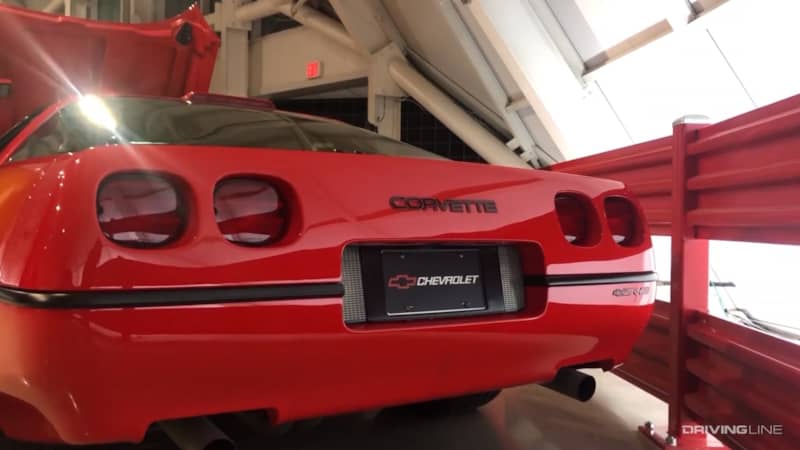
What really killed the V12 Corvette's chances at production was cost. At the time, the Falconer engine alone cost a whopping $45,000. Considering that an entire ZR1 Vette retailed for $58,000 and was having trouble finding customers, there was no appetite at GM for a vehicle whose window sticker would have doubled that of the next-best sports car in the portfolio. The car that Chevrolet's designers called 'Conan' was instead destined to live out the remainder of its years as part of a museum collection.
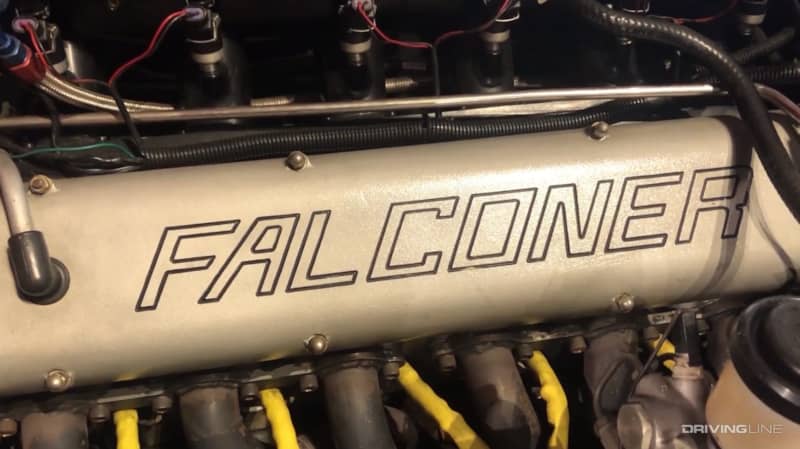
The dream of a 600-plus horsepower Corvette never died—it just took a few more years to become a reality. In 2009 Chevrolet re-introduced the ZR1 name on a coupe that delivered 630hp from a supercharged LS9 V8, and cost less than what the Falconer commanded in adjusted dollars. Sometimes, good things come to those who wait.
Photos courtesy National Corvette Museum
More From Driving Line
-
Want more wild Corvette details? Check out the Callaway Corvettes that made the 'Hammer' a household name among gearheads.




